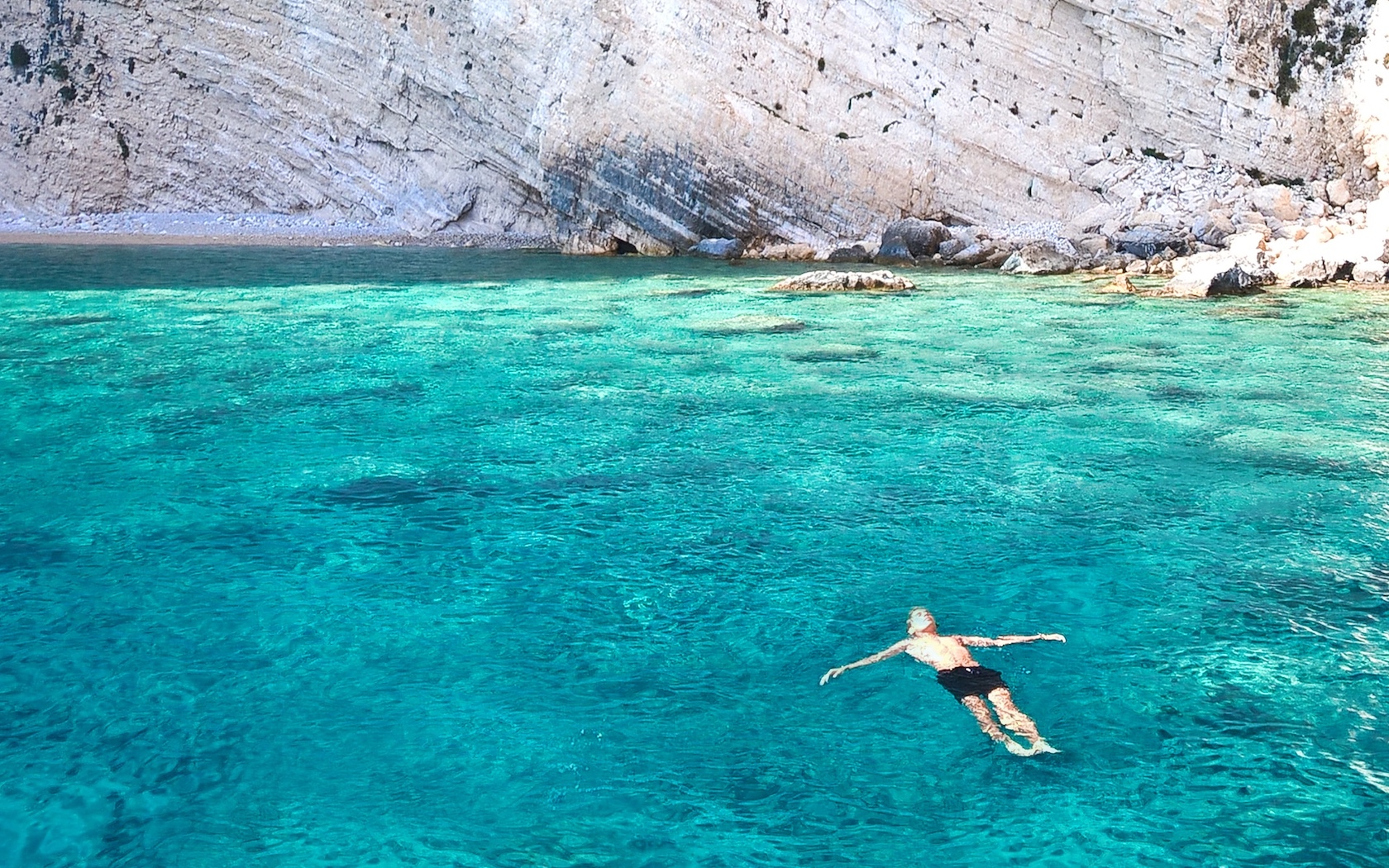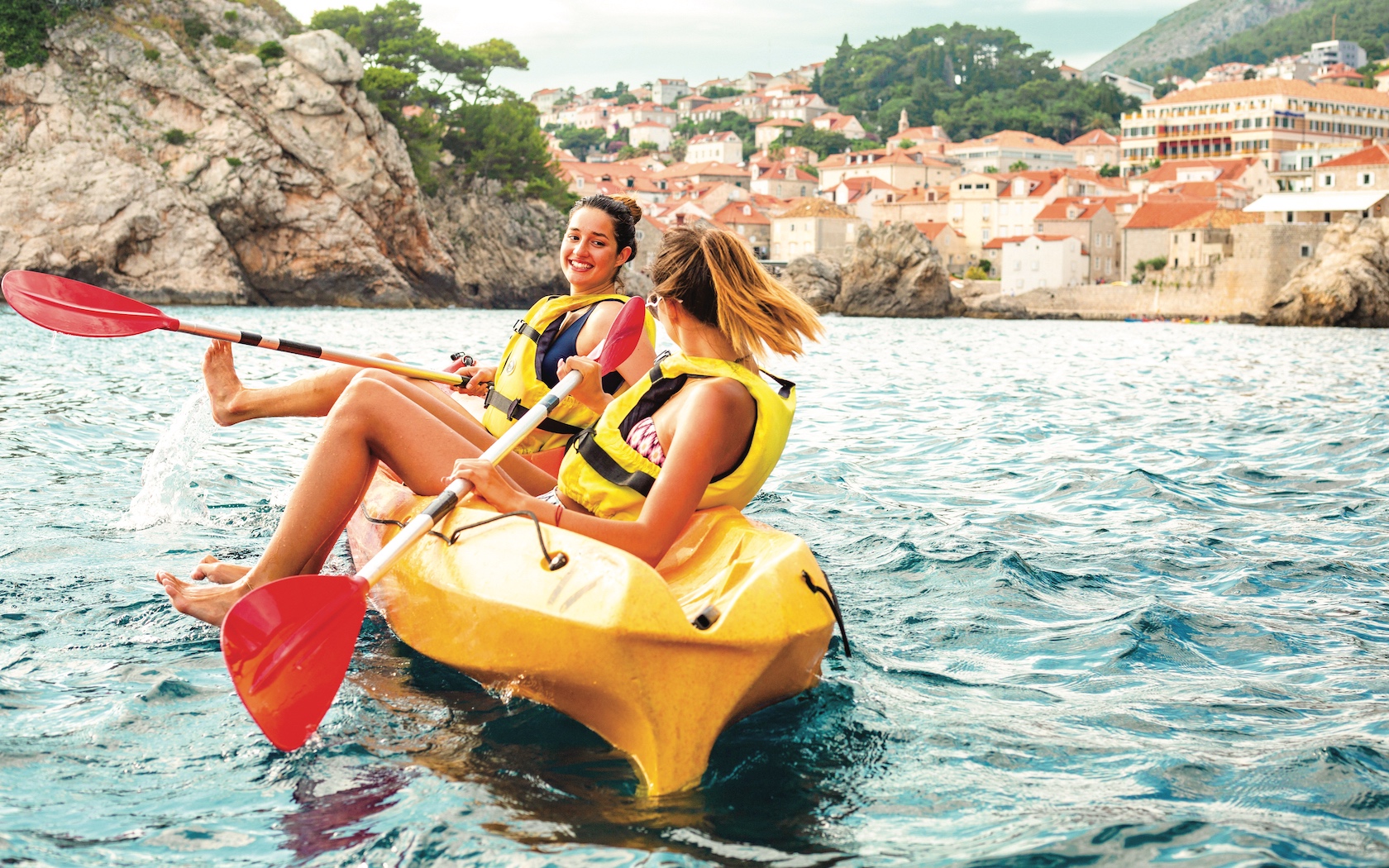How To Do Your Eurotrip Right
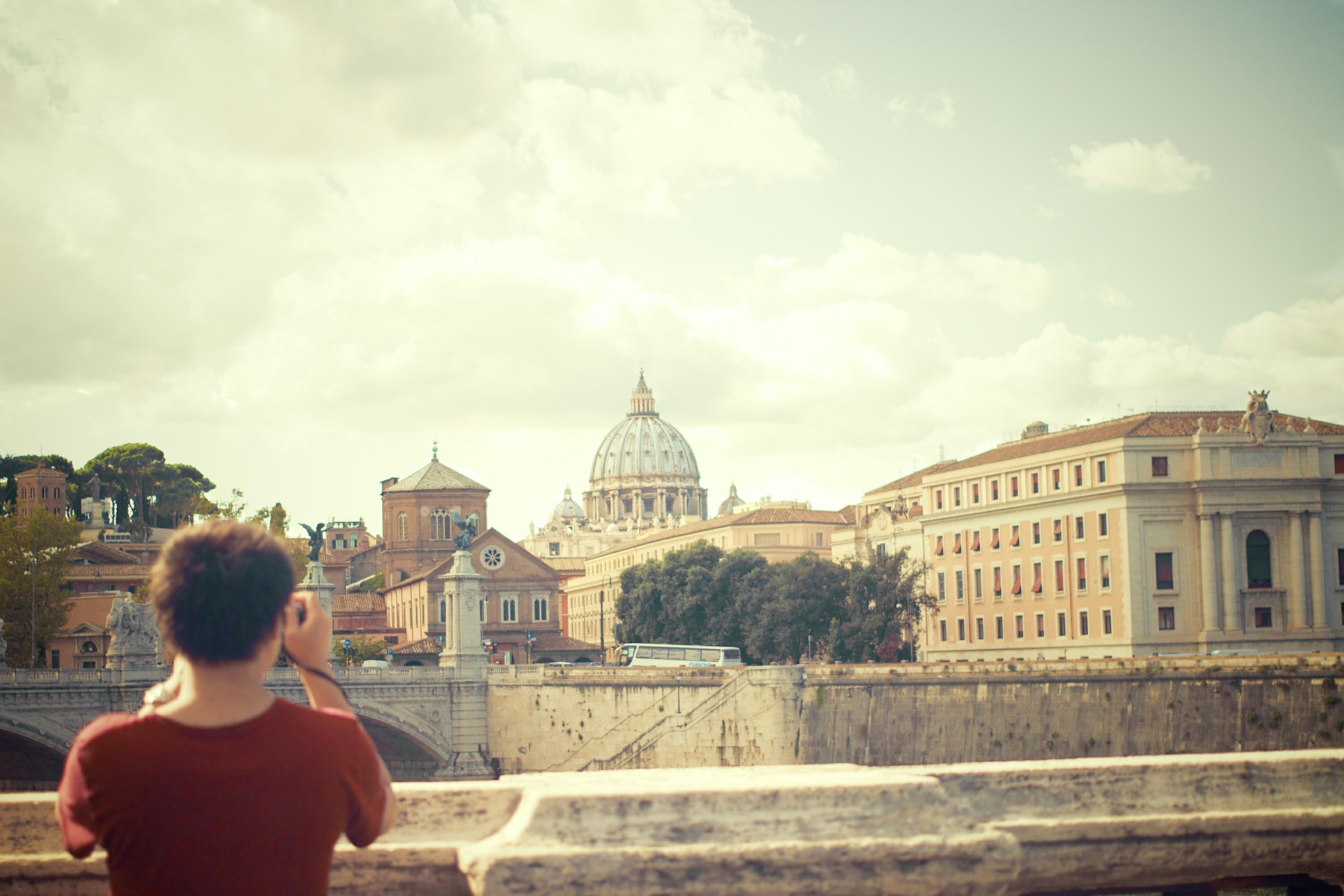
After almost nine years in the UK, 'ex-French' girl Camille…
Europe: packed full of history, culture, adventure, and delicious cuisines. How could it disappoint? Yet the Old Continent’s sheer number and variety of countries and attractions can be intimidating, as can its prices. When you’re investing so much time and money into your overseas odyssey, you want to make sure you make the absolute most of it. Here are a few tips to help you plan your big European adventure so it leaves you feeling neither over- nor under-, but just the right amount of whelmed!
Don’t try to hit every country

“But if I leave on the Sunday night instead, I could take a side trip to Luxembourg and spend a few hours in Switzerland, and…”. We all know what it’s like: Europe has tonnes to offer and you want to see it all. Every place you read about immediately shoots to the top of your must-do list, and you’re now dreaming of exploring places you’d never heard of a week ago.
It’s so tempting to keep adding countries to your itinerary, but if you cram too much in, there’s a risk your trip will turn into a rather superficial box-ticking exercise. Not to mention, it will be exhausting. Slowing down and focusing on a few areas of particular interest will allow you to get off the beaten path, have genuine encounters, and add depth to your travels.
Two months to spend in Europe? How about an overland trip from France through Spain down to Portugal? Three weeks? Perfect for busing around the Baltics and catching the ferry over to Finland. You get the idea: as in most areas of life, quality over quantity should be the motto. This may mean dropping a few amazing destinations from your master route, but hey, that’ll only guarantee there’s plenty of awesomeness left for your next trip.
Get out of the big cities
Most European capitals and big cities are open-air museums, with monuments famous the world over. They’re usually well-connected, and unlikely to leave you short of things to see anytime soon.
But if you only waltz from Paris to Rome to Vienna to Prague to Budapest, there’s a real danger you’ll quickly succumb to big-city burnout, and all these fantastic metropolises will start merging into one another. You’ll lose the excitement of heading to yet another capital to tour more museums in the company of more throngs of international tourists.
You wouldn’t dream of visiting Australia, South America, or the US by moving between big cities, skipping all the incredible beaches, natural wonders, and opportunities for adventure in-between. Europe is no different. In fact, there is so much diversity on the Old Continent that every region and city – if not village – has its own identity and traditions. You can’t really say you’ve “seen” Germany or France after spending a few days in Berlin or Paris, so it’s worth making the effort to venture out of the big hubs to discover a more local way of life and sample some of that diversity.
Don’t just see, do
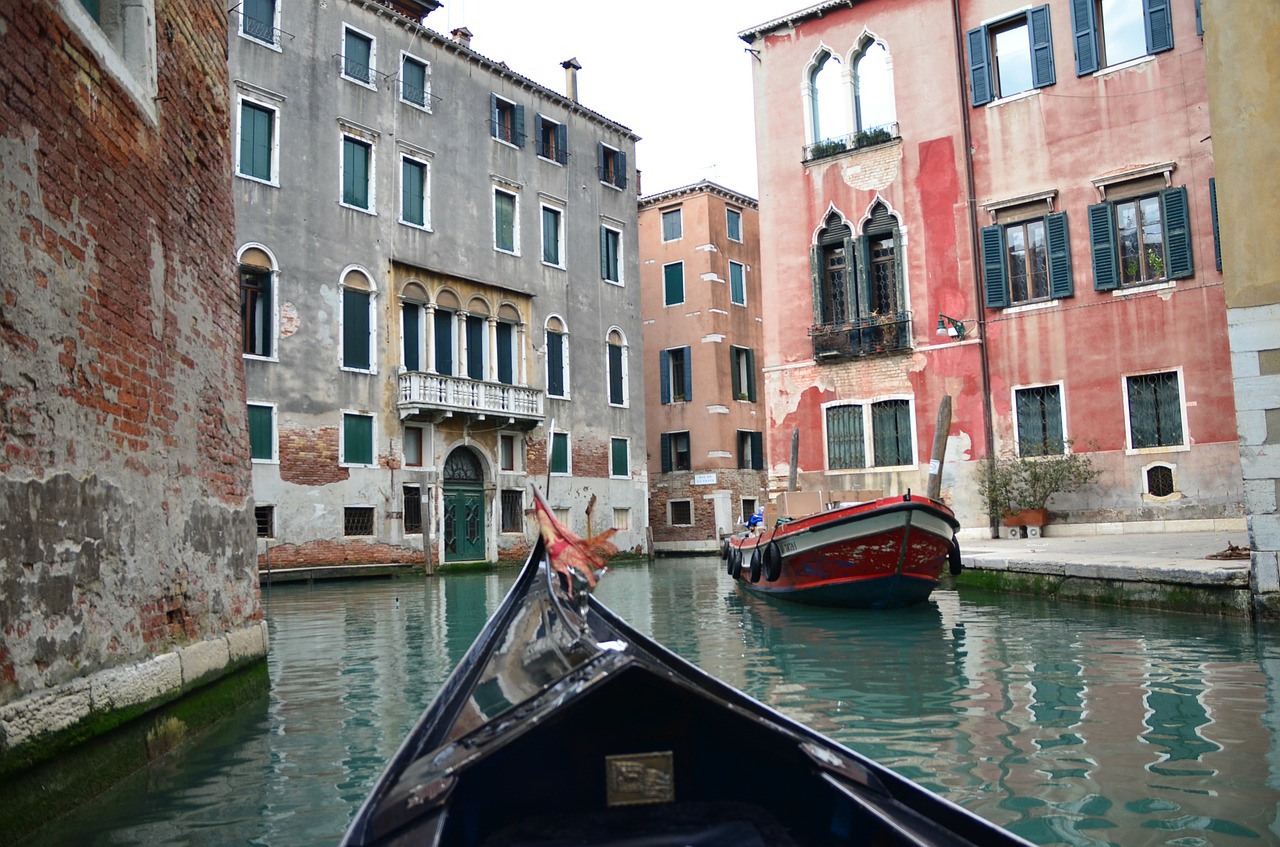
I know you’re on a budget, but if you stick to walking from landmark to landmark and taking in a few museums, you may very well become blasé and start feeling like something is missing from your European experience. Basically, you’re contemplating the culture, customs, and landscapes without really experiencing them.
An easy way to remedy this and to engage with the places you visit is to weave in some activities. From free alternative walking tours to sports outings or arts and crafts workshops, the range of activities on offer is pretty much endless. Whether they tie in with your existing passions, or you use the opportunity to try something entirely new, the things you do are likely to make for your most vivid memories, and they might even give you the chance to bring a new skill and a piece of Europe back home.
Are you an avid surfer? Why not catch some waves on the Atlantic coast? A food enthusiast? A pizza-making course in Italy or a wine-tasting tour could be right up your alley. Have you always wanted to learn a language, or to dance flamenco? Now is the time to do it. While activities can be costly, why not set aside a special budget in advance for the ones you’re really excited about? Depending on your financial means, travelling style, and the length of your trip, you could aim for one big activity per week/month/country/city. This will raise your anticipation levels, and can also help you structure your itinerary.
Build in variety
As mentioned above, building variety into your trip is important. You’re likely to get sick of capital cities if you don’t work in a nice beach break, some time to indulge in a local brew at the terrace of a small village’s only cafe, or a good old rafting trip down a raging mountain river.
The same applies to almost every other aspect of your Eurotrip – particularly accommodation and transportation. Hostels can be great, but if you need a break from dorm rooms shared with other English speakers or end up falling in love with a place (or, well, a person) and decide to stick around for a while, Couchsurfing and Airbnb could be your best friends. With a little luck, you’ll be hosted by a friendly local who’ll be super-keen to show you his/her favourite hangouts and cook you their favourite dish.
Likewise, while most backpackers automatically opt for an Interrail or Eurorail pass to carry them around Europe, there are pros and cons to using the train. Europe is blessed with an ever-growing list of competitive low-cost airlines, and some regions offer very comfortable buses. It’s worth doing your research upfront to decide whether rail passes are for you and if you could achieve greater (cost-)efficiency by using them in combination with other means of transport. Oh, and for that extra touch of freedom and adventure, nothing beats a road trip.
Time it well
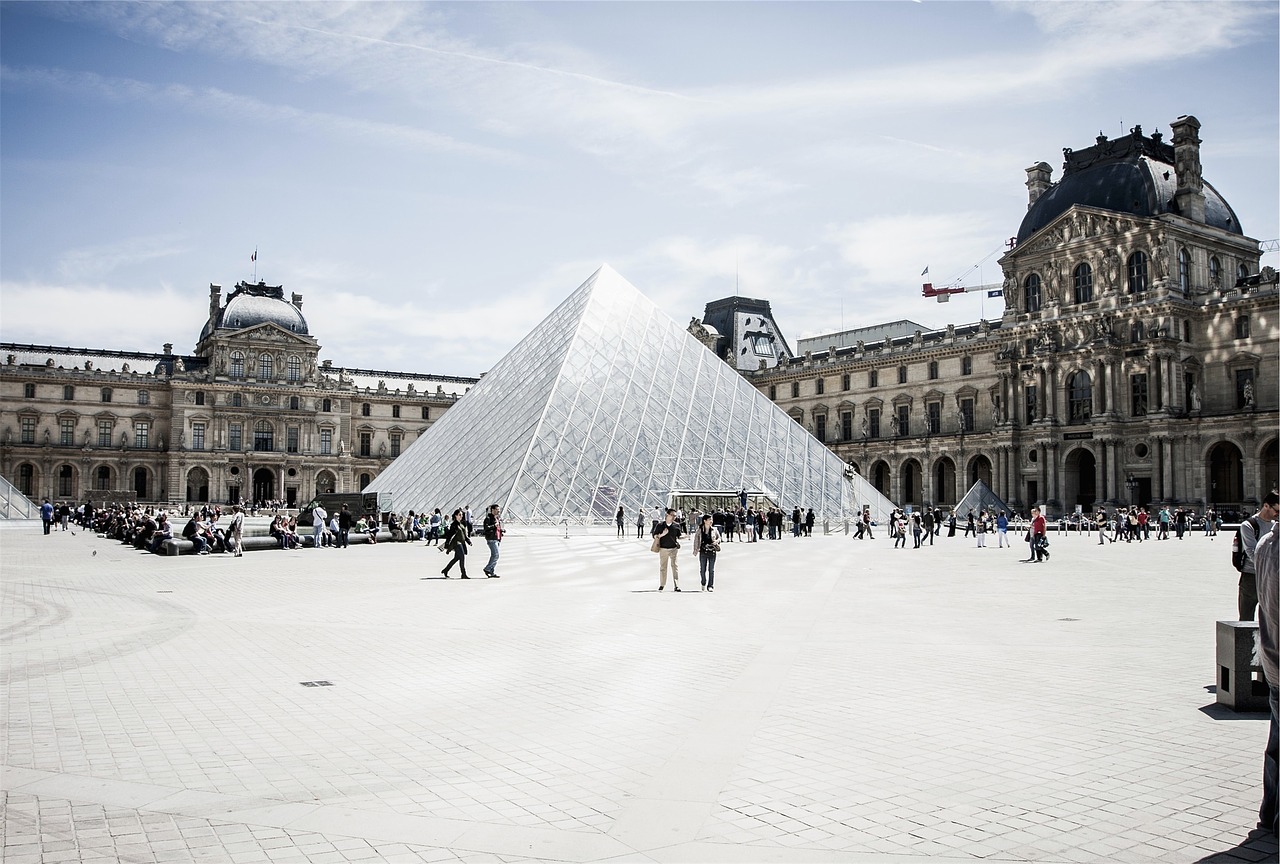
With travel as with so many other things, timing is key. In fact, when you visit a place might be the difference between quite liking it (or, god forbid, being thoroughly unimpressed) and loving it.
When planning your route, try to consider what you want to get out of your chosen destinations. For instance, winter in most of Europe can be brutal, so if you come from warm climes and need your regular beach fix, you might get pretty miserable when temperatures drop below zero… but of course, if you’re a ski addict or have been wishing for a white Christmas, you can’t do much better than the Alps or the Christmas markets of Belgium and Germany.
Do you love big crowds and boat parties? Then the Mediterranean in summer is for you. Conversely, if you’re allergic to mass tourism, you might want to while away the summer months hunting the midnight sun in Scandinavia or counting bunkers and little-known picturesque lakes in the Balkans.
Finally, are there any festivals or events you’re damn set on not missing? If you always pictured yourself rocking out at Sziget or Glastonbury, or turning into a giant ketchup bottle at La Tomatina, factor those in as a priority. You won’t be able to be in every place at the right time, but thinking about your timing will help you plot a route that makes sense to you.
After almost nine years in the UK, 'ex-French' girl Camille quit her job in publishing to travel the world in February 2013 – and hasn't stopped since! She has lived temporarily in South Korea and Thailand and visited many countries working as a travel writer, content editor, and proofreader. She likes riding scooters, poetry, arthouse cinema, and scaring her mother by trying extreme/adventure sports. She rants – er, writes about her life and shares her travel 'wisdom' at Camille in Wonderlands – see you there!







